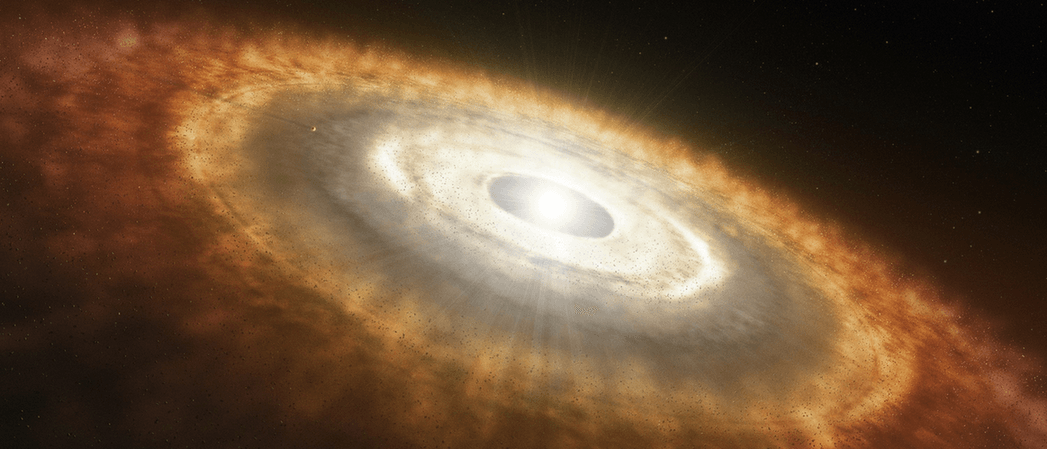Tsukuba Uchu Forum
108th Uchu Forum

Growth by Super-Eddington Accretion of Seed Black Holes in Primordial Galaxies
Daisuke Toyouchi
University of Kyoto, Theoretical Astrophysics Group
Abstract
Recent observations have revealed that giant black holes with masses of several hundred million times larger than the Sun already exist in the early universe at redshift z ~ 7. One of the leading theories for the formation of supermassive black holes in such an early universe is supercritical accretion at the galactic center black hole. Gas accretion and the growth rate of black holes have been actively investigated in recent years by radiation-hydrodynamic simulations focusing on scales from the Bondi radius to the accretion disc. According to recent simulation, supercritical accretion may be realized under certain conditions of gas density and temperature around the black hole. However, idealizations are often invoked, for example that the gas is accreting spherically. In this study, we used three-dimensional radiation-hydrodynamic simulations to investigate the gas accretion process on black holes and its dependence on gas metalicity and gthermodynamic conditions and found that supercritical accretion may be possible when the density of the gas disc around the central black hole is so high that it becomes optically thick against ionizing radiation from nearby black holes. However, even if the density is high, if metalicity is low and the temperature of the gas disc does not drop efficiently, the gas disc becomes geometrically thick and is susceptible to radiative evaporation, and the accretion efficiency may drop significantly.



 和 英
和 英